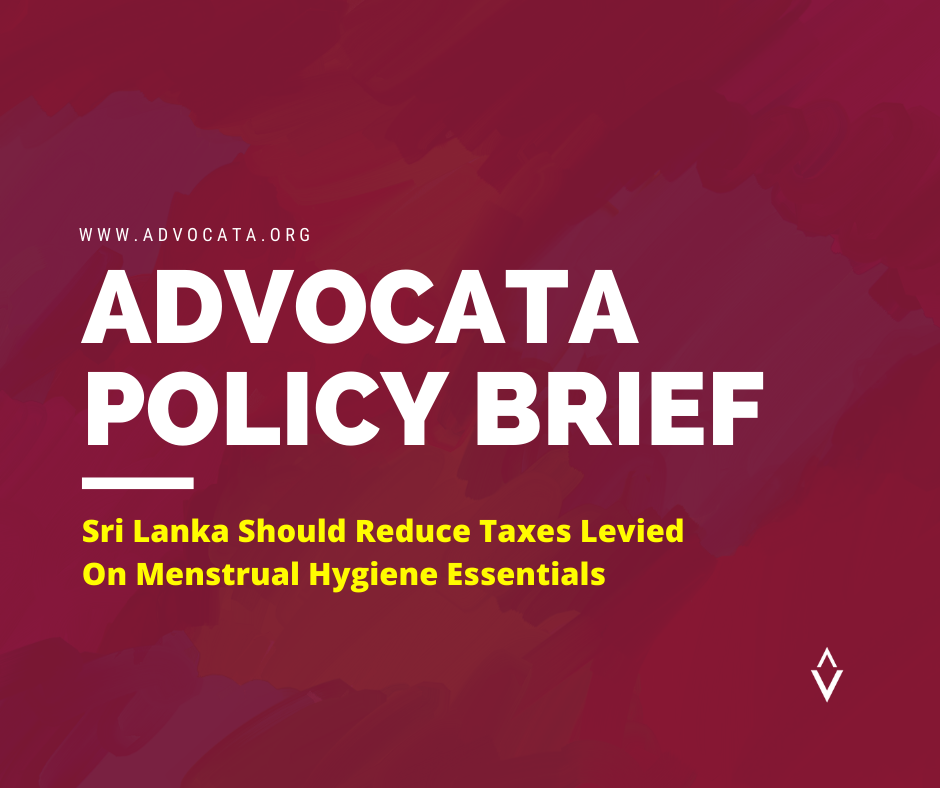In this weekly column on The Sunday Morning Business titled “The Coordination Problem”, the scholars and fellows associated with Advocata attempt to explore issues around economics, public policy, the institutions that govern them and their impact on our lives and society.
Originally appeared on The Morning
By Dhananath Fernando
With the sudden spike in Covid-19 infections over the last few days, we have seen a re-emergence of discussion on a possible second wave. Globally, the Covid-19 numbers are increasing on the one hand, while countries have decided to resume activities on the other. However, when there is movement and interaction of people, there is a higher probability of the virus spreading.
Sri Lanka’s economy is at a stage where we can’t afford to face any economic shocks, given the bad economic fundamentals we have been practising over the years. The pandemic has re-exposed these weaknesses and for this, we might have to pay a considerable price as compensation for our past sins of economic mismanagement.
A second wave of the pandemic would bring in a significant array of economic challenges for both the developed and the developing worlds. However, Sri Lanka’s challenges are structurally unique as our economic problems have reached a boiling point.
Our economic problems at a boiling point
Relief schemes provided by the Government during the first lockdown and the economic revival measures scraped the bottom of our barrel, and the ability to absorb a second lockdown is a serious question.
We require foreign currency to pay our external debt at an average of $ 4 billion for the coming three years. Our exports have been declining over the years and Covid-19 has impacted the remaining markets; with a second wave, it will continue to bring new challenges. Our tax revenue is declining and rating agencies have downgraded our credit rating. As a result, investor confidence is low, making it difficult to raise money from markets even to roll over our debt and interest repayments.
Most of our workforce is in the Government and our government expenditure is burdened by salaries, pensions, and welfare structures. These welfare structures (Samurdhi relief, support for low-income differently-abled persons, financial support for the elderly, financial support for kidney patients, flood and drought relief, allowance for preschool teachers, etc.) are inefficient and ineffective. Our remittances, which is one of the main sources of foreign currency, are expected to decline further with Covid-19.
To manage the existing limited foreign revenue and foreign reserves, the Government has imposed import controls. The need to manage our foreign currency income is understandable. However, we cannot rule out the consequences of a further decline in government revenue and the impact this will have on our export industries. Furthermore, prices of consumable goods in the mid and long run are very likely to go up, making things further difficult.
How import controls hit govt. revenue and exports
According to 2018 statistics by the Ministry of Finance, 49% of government revenue was generated from import-based taxes. As per the Mid-Year Fiscal Position Report 2020, from January to April, over 55% of government revenue had been from import-based tax (savings from the lower fuel prices in the world market are one reason for higher import revenue). The Government extending import controls will result in a further decline in government revenue in the next quarter. While income is declining, our main expenditure items such as salaries and pensions are on the rise. Our recurrent expenditure – salaries (Rs. 253.8 billion), pensions (Rs. 79.8 billion), interest payments (Rs. 336 billion), and other payments (Rs. 150.7 billion) – are at Rs. 820 billion from January to April 2020, but our total revenue including a profit transfer from the Central Bank is at Rs. 476 billion. Calculations illustrate that after paying interest payments, we are running short of revenue to pay even our salaries and pensions, let alone other payments.
While import controls impact our national revenue significantly, it will have a higher impact on local businesses – just take computers, for example. If there is a restriction on computer imports and spare parts over time, we will face a challenge in replacing and upgrading the computers we use at present. Needless to say, this would affect the work of government offices and decrease our work efficiency as a significant proportion of the work is done through computers. This is just one example. We haven’t really felt the impact of import controls as we are still using existing stocks. Most imports we use for the moment are, to an extent, durable product categories, but in the mid and long term, people would feel the drop in efficiency and witness price increases.
The very same import controls impact our export businesses as most of the imports are used by local businesses to produce consumable goods and exports. (Think on the same lines of restrictions on importing computers.) The efficiency drop will impact the prices of exports to increase, making it difficult to compete in global markets. Industries like plantations will have further pressure to increase salaries with the high cost of living. Already many industries have indicated the difficulty to sustain their operations due to import controls. From the Government’s point of view, the need to manage the availability of foreign reserves is justifiable, but there will be significantly bigger costs and consequences to the local economy and the consumer.
Can we afford another lockdown?
Looking at the problems at hand and as all problems are reaching a boiling point, it is difficult to have another standstill in our economy. The only possible solution is to keep the movement of people between selected borders between districts or divisional secretariats while adhering to health guidelines, thus keeping the economy afloat running. Of course, the commute of the workforce between borders will have complications, but since most of us have hit rock bottom in our economic conditions, we are left with a very few alternatives.
The ideal solution for the foreign currency shortage is to secure a programme with the International Monetary Fund (IMF), as recommended by us. Such an IMF programme will require significant structural reforms. Another significant determinant by the IMF would be the need for a democratically elected government, meaning that a possible postponement of the election would be detrimental to seek such financial injections.
Probable solutions
The problems at hand have no quick fixes, and quick fixes will only worsen the current situation. First of all, we as a community should take precautions, adhere to all health and safety guidelines, and thereby stop contributing to the spread of Covid-19; we really can’t afford a second lockdown. Secondly, the problem with our economy is neither the high imports nor the consumption of imported goods – our problem is that our economy is not competitive or efficient. Our problem is poverty and the poor man or woman’s only tradable good is labour. There are limited or no opportunities to trade this tradable good called labour to earn a decent living as our economy is not competitive enough. Until we resolve this issue by setting our economic fundamentals right, our current crisis will exacerbate, also meaning that we cannot afford a second lockdown.
The opinions expressed are the author’s own views. They may not necessarily reflect the views of the Advocata Institute or anyone affiliated with the institute.








